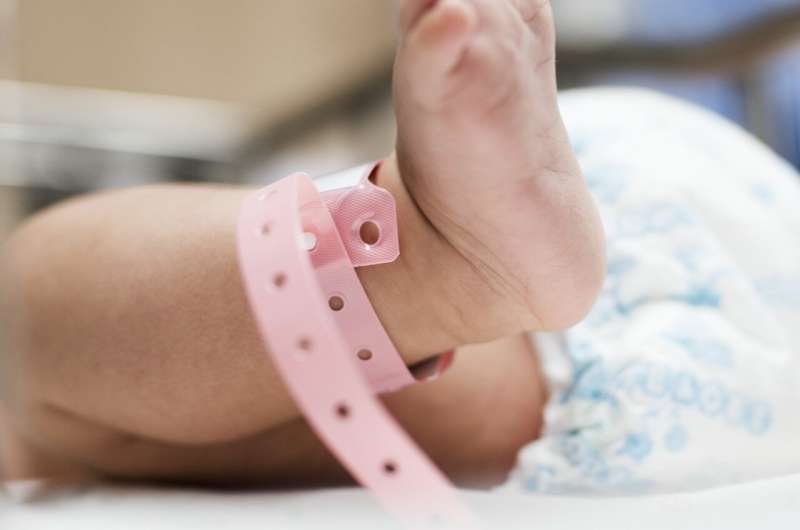Big drug costs for small patients with rare diseases, study finds

Only about one in every 170 children take them. But 'orphan drugs' accounted for 1 in every 15 private insurance dollars spent on children's health care in the United States in 2018, according to a new study. That's up 65% from just five years before.
Even though insurance companies pay much of the cost of high-priced orphan drugs that treat rare childhood diseases, families' share of the cost has risen rapidly.
In fact, the study shows that out-of-pocket costs for these families were higher than those faced by adults who also take orphan drugs.
Some families spend thousands of dollars each year to buy orphan drugs, which are drugs that have received a special designation from the U.S. Food and Drug Administration. About 1 in 8 families paid more than $2,000 a year in 2018—double the percentage who spent that much in 2013.
The study, published in the October issue of the journal Health Affairs by researchers from the University of Michigan and Boston University, looks at private insurer payments and out-of-pocket spending on 526 orphan drugs. It used a database that every year included data about the drug costs of 4.4 to 5.8 million children age 17 and under.
The special FDA "orphan" designation is designed to incentivize drug companies to develop treatments for rare conditions. A company that receives the designation for its product has a greater amount of time when it has the exclusive rights to market the product and fend off competitors.
Certain drugs drove most of the increase
The researchers report that the prices for small-molecule drugs drove much of the increase in orphan drug spending, with a 162% rise in five years, compared with 16% for biologic drugs, which are derived from living organisms.
Just three drugs approved for the same condition account for more than 23% of all spending on orphan drugs for privately insured children in 2018, the analysis shows. All three—sold as Norditropin, Humatrope and Genotropin—were originally developed to boost the height of children with growth hormone deficiency.
But other research has shown that many children who don't have this rare condition also receive these three drugs through off-label prescribing aimed at boosting their height.
There are no clear guidelines for determining which children should receive the drugs, and insurance companies vary widely in their decisions about covering the cost of the drugs for such uses.
More information: Kao-Ping Chua et al, Trends In Orphan Drug Spending And Out-Of-Pocket Spending Among US Children, 2013–18, Health Affairs (2020). DOI: 10.1377/hlthaff.2020.00595


















